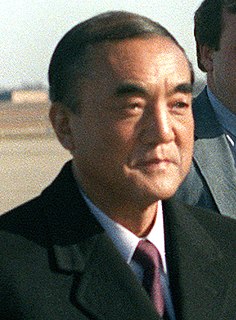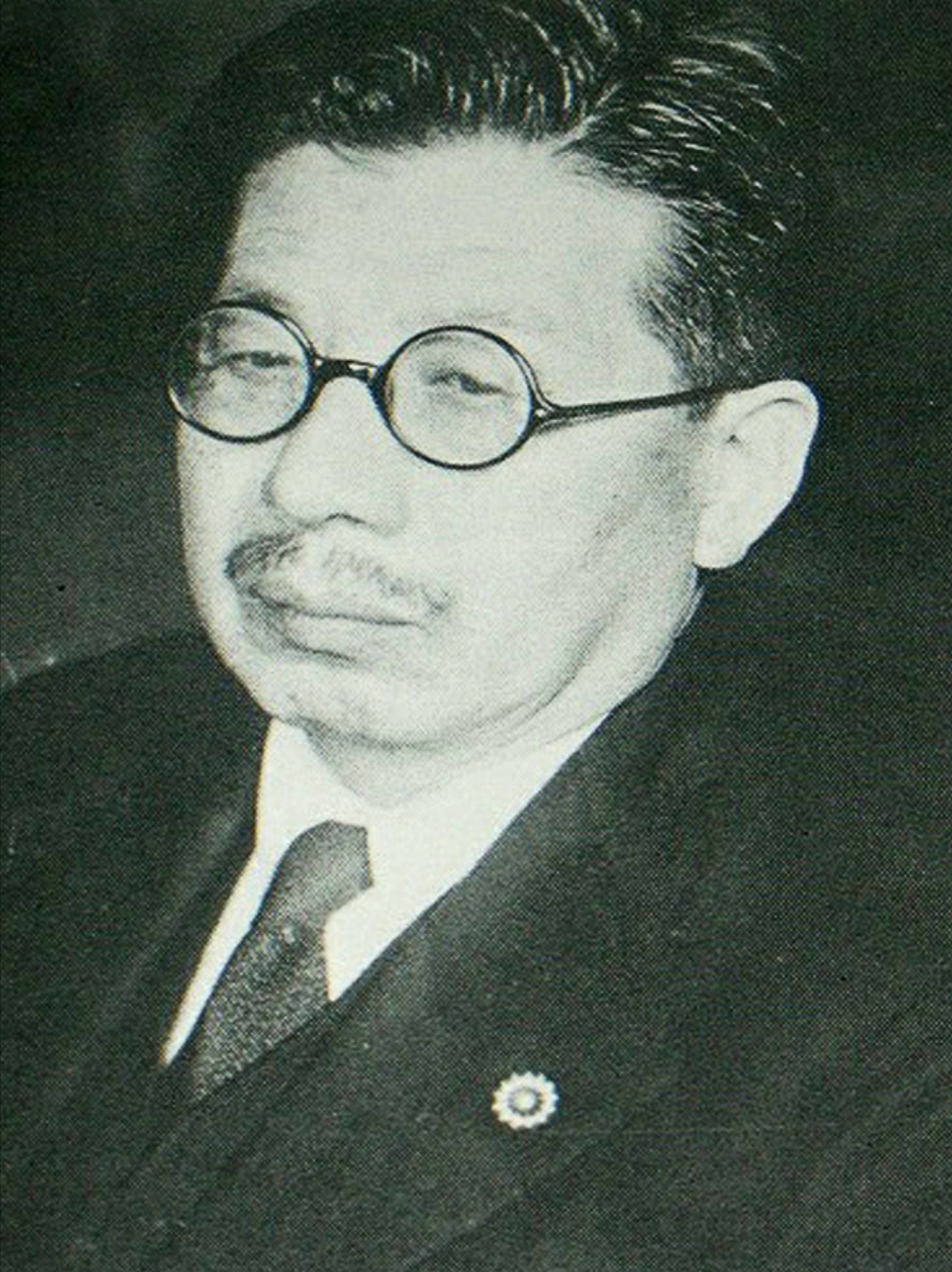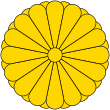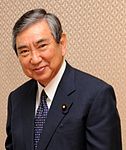
The National Diet is Japan's bicameral legislature. It is composed of a lower house called the House of Representatives, and an upper house, called the House of Councillors. Both houses of the Diet are directly elected under parallel voting systems. In addition to passing laws, the Diet is formally responsible for selecting the Prime Minister. The Diet was first convened as the Imperial Diet in 1889 as a result of adopting the Meiji Constitution. The Diet took its current form in 1947 upon the adoption of the post-war constitution, which considers it the highest organ of state power. The National Diet Building is in Nagatachō, Chiyoda, Tokyo.

The House of Representatives is the lower house of the National Diet of Japan. The House of Councillors is the upper house.

The House of Councillors is the upper house of the National Diet of Japan. The House of Representatives is the lower house. The House of Councillors is the successor to the pre-war House of Peers. If the two houses disagree on matters of the budget, treaties, or designation of the prime minister, the House of Representatives can insist on its decision. In other decisions, the House of Representatives can override a vote of the House of Councillors only by a two-thirds majority of members present.
The Japanese political process has three types of elections: general elections to the House of Representatives held every four years, elections to the House of Councillors held every three years to choose one-half of its members, and local elections held every four years for offices in prefectures, cities, and villages. Elections are supervised by election committees at each administrative level under the general direction of the Central Election Administration Committee, an attached organization to the Ministry of Internal Affairs and Communications (MIC). The minimum voting age in Japan's non-compulsory electoral system was reduced from twenty to eighteen years in June 2016. Voters must satisfy a three-month residency requirement before being allowed to cast a ballot.

Elections for the Japanese House of Councillors were held in Japan on 23 July 1989.

Elections for the Japanese House of Councillors were held in Japan on 26 June 1983. The House of Councillors elections were won by the ruling Liberal Democratic Party.

Elections for the Japanese House of Councillors were held in Japan in 1992.

Elections for the Japanese House of Councillors were held in Japan in 1986.

House of Councillors elections were held in Japan on 20 April 1947. The Japan Socialist Party won more seats than any other party, although independents emerged as the largest group in the House. Most independents joined the Ryokufūkai parliamentary group in the first Diet session making it the largest group, and Ryokufūkai member Tsuneo Matsudaira was elected the first president of the House of Councillors.

The 23rd Elections to the House of Councillors for the upper house of the National Diet, the legislature of Japan, was held on July 21, 2013. In the last election in 2010, the Democratic Party of Japan (DPJ) remained the largest party, but the DPJ-led ruling coalition lost its majority. The House of Councillors is elected by halves to six year terms. In 2013, the class of Councillors elected in 2007 was up.

The 24th regular election of members of the House of Councillors was held on Sunday 10 July 2016 to elect 121 of the 242 members of the House of Councillors, the upper house of the 717-member bicameral National Diet of Japan, for a term of six years. As a result of the election, the LDP/Komeito coalition gained ten seats for a total of 146, the largest coalition achieved since the size of the house was set at 242 seats.
The Hyogo at-large district is a constituency that represents Hyogo Prefecture in the House of Councillors in the Diet of Japan. It currently has five Councillors in the 242-member house, but this representation will increase to six by July 2019.
The Kochi at-large district is a constituency that represents Kōchi Prefecture in the House of Councillors in the Diet of Japan. Councillors are elected to the house by single non-transferable vote (SNTV) for six-year terms. Since the establishment of the current House of Councillors electoral system in 1947, the district has elected two Councillors, one each at elections held every three years. With its 618,834 registered voters it is the third-smallest electoral district for the house. To address the imbalance in representation between districts, a 2015 revision of the Public Officers Election Law will see the district merged with the Tokushima At-large district to create the Tokushima-Kochi At-large district; this change will begin to take effect at the 2016 election, at which one Councillor will be elected.
The Miyagi at-large district is a constituency that represents Miyagi Prefecture in the House of Councillors in the Diet of Japan. It currently has three Councillors in the 242-member house, but this representation will decrease to two at the next election, to be held by July 2019.
The Saga at-large district is a constituency that represents Saga Prefecture in the House of Councillors in the Diet of Japan. Councillors are elected to the house by single non-transferable vote (SNTV) for six-year terms. Since the establishment of the current House of Councillors electoral system in 1947, the district has elected two Councillors, one each at elections held every three years. It has 679,289 registered voters as of September 2015.
The Gifu at-large district is a constituency that represents Gifu Prefecture in the House of Councillors in the Diet of Japan. It currently has three Councillors in the 242-member house.
The Niigata at-large district is a constituency that represents Niigata Prefecture in the House of Councillors in the Diet of Japan. It currently has three Councillors in the 242-member house, but this representation will decrease to two by July 2019.
The Ishikawa at-large district is a constituency that represents Ishikawa Prefecture in the House of Councillors in the Diet of Japan. It has two Councillors in the 242-member house.
The Toyama at-large district is a constituency that represents Toyama Prefecture in the House of Councillors in the Diet of Japan. It has two Councillors in the 242-member house.

The 25th regular election of members of the House of Councillors will be held on July 2019 to elect 124 of the 245 members of the House of Councillors, the upper house of the then 710-member bicameral National Diet of Japan, for a term of six years.













